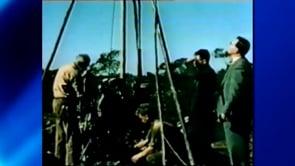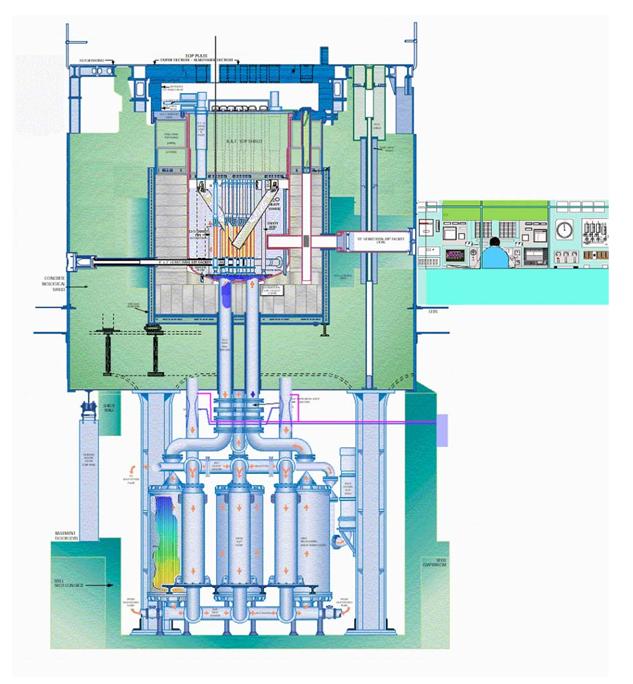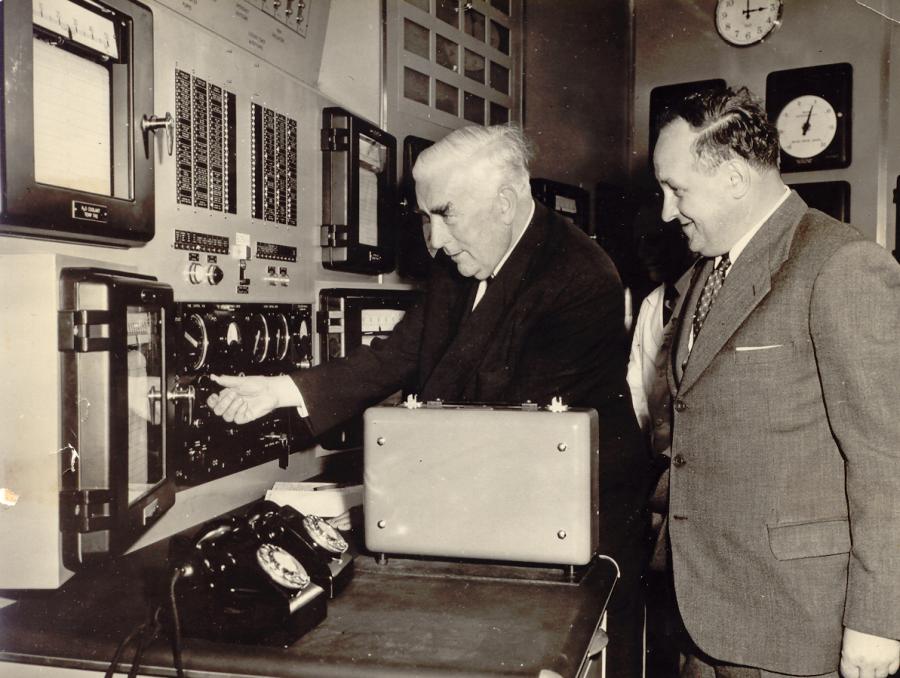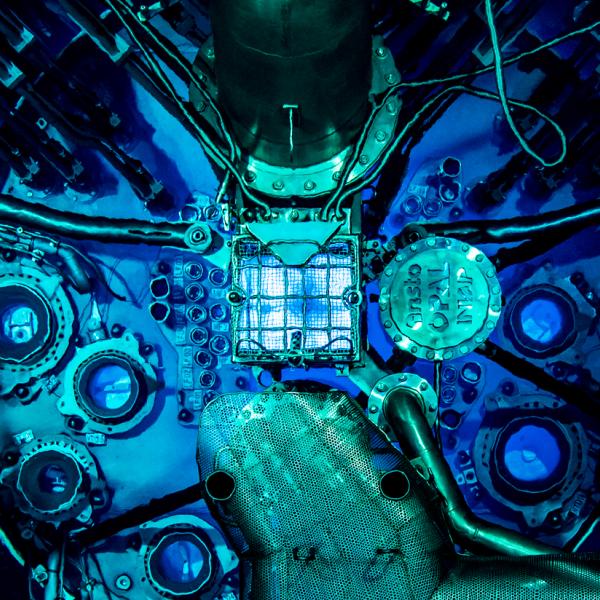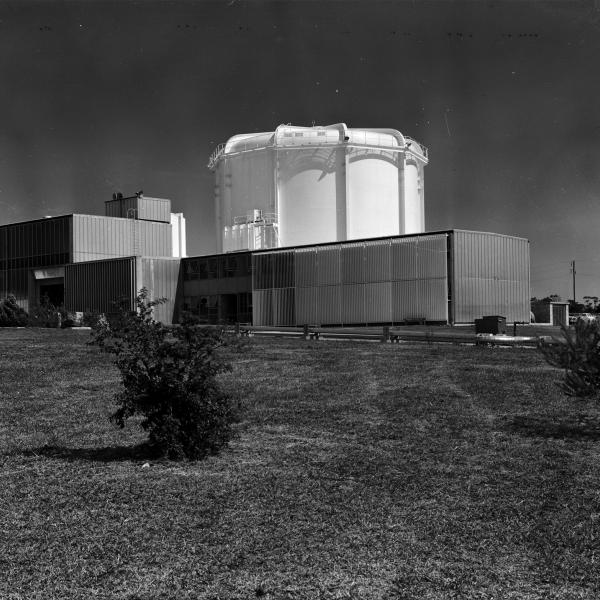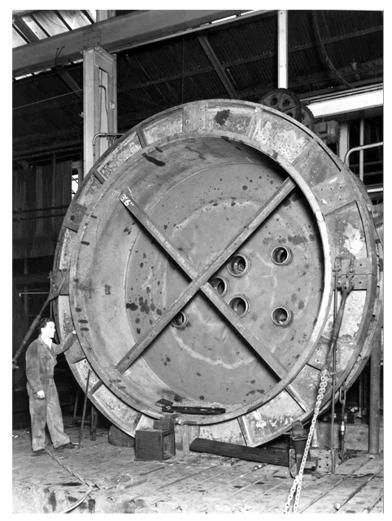
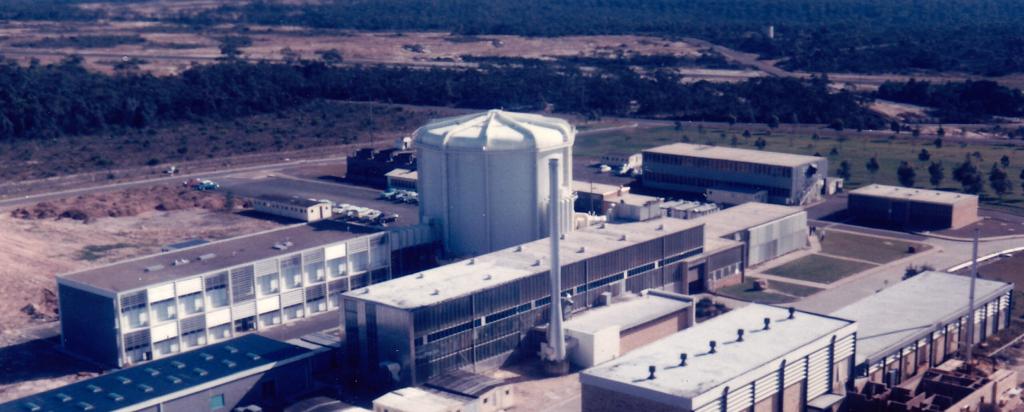
Published on the 18th April 2023 by ANSTO Staff
In our continuing series, we are sharing highlights of ANSTO’s historic milestones in 2023.
Long before the Open Pool Lightwater Reactor (OPAL), Australia had two reactors: the High Flux heavy water Australian Reactor (HIFAR), which was operational between 1958 and 2007 and the small research reactor MOATA, which operated from 1961 to 1995.
This week we are celebrating the official opening of HIFAR, Australia’s first nuclear reactor, sixty-five years ago.
Following the awarding of the project to build HIFAR to architects Messrs Stephenson and Turner of Sydney, construction started at the Lucas Heights site in October 1955.
it is understood that the design of HIFAR was based on the DIDO reactor at Harwell in the UK.
About the same time in the United States, the USS Nautilus became the first operational nuclear-powered submarine in 1955.
The Australian Atomic Energy Commission placed a contract with Head Wrightson Processes Ltd, who had constructed a similar reactor at Harwell in the UK. A separate contract was awarded to Bernard Smith Pty Ltd for the supply and erection of the steel shell to house the reactor.
The assembly of the reactor in the steel building shell commenced in mid-1956. The first stage of the building program was successfully completed in 1957-58, taking less than 3 years.
About 3000 tonnes of concrete were poured into the foundation. About 10 tonnes of heavy water surrounded the core.
Operating at 10MW, the reactor used two heat exchanges with a third on standby.
The cost of the HIFAR was approximately £9 million.
The HIFAR reactor team comprised engineers, shift operators, maintenance staff, utilisation staff and trainers.
The reactor was loaded with heavy water on the 24 and 25th of January 1958 and the loading of the fuel elements.
Under the supervision of Chief Scientist Dr Charles Watson Munro, criticality was achieved at 11:15pm on 26 January 1958 with 11 of the maximum 25 fuel elements in the core. Heavy water was at the normal operating level.
The critical size was in agreement with theoretical calculations.
The reactor was not taken up to full power until October 1960.
The purpose of HIFAR was to produce neutrons from the fission of uranium for scientific research, as well as be a centre of learning for training engineers and scientists.
The Prime Minister at the time, The Right Hon R G Menzies officially opened HIFAR on 18 April 1958. About 900 staff and invited guest attended the event.
Menzies said, “I would like to express our acknowledgement to the magnificent team of people, scientific and otherwise who have been responsible for this work. This is an intelligently conceived and brilliantly executed enterprise.”
The Prime Minister and official party toured the site.
HIFAR operated safely and efficiently for close to 50 years. HIFAR produced its first medical isotope, sodium-24 in 1960. At the time, sodium was used for research proposed. The radioisotope was used as a tracer in pregnant women to measure the transfer of sodium to the foetus.
Permanent decommissioning of HIFAR commenced in 2007.
Although the reactor is quiet today in the shadow of OPAL, its history laid the foundation for Australia’s nuclear expertise.
Sources:
Atomic Rise and Fall: The Australian Atomic Energy Commission 1953-1987
Atomic Energy June 1958
HIFAR – Australia’s Nuclear Research Reactor A presentation by John Rowling Manager/Facilities Management (ex-Reactor Manager / HIFAR) 2003
The Use of radioisotopes in human experiments R.E.Boyd
